Why measure gloss?
Gloss is an aspect of the visual perception of objects that is as important as colour when considering the psychological impact of products on a
£310 – £505
All GBP prices are exclusive of UK VAT (where applicable)

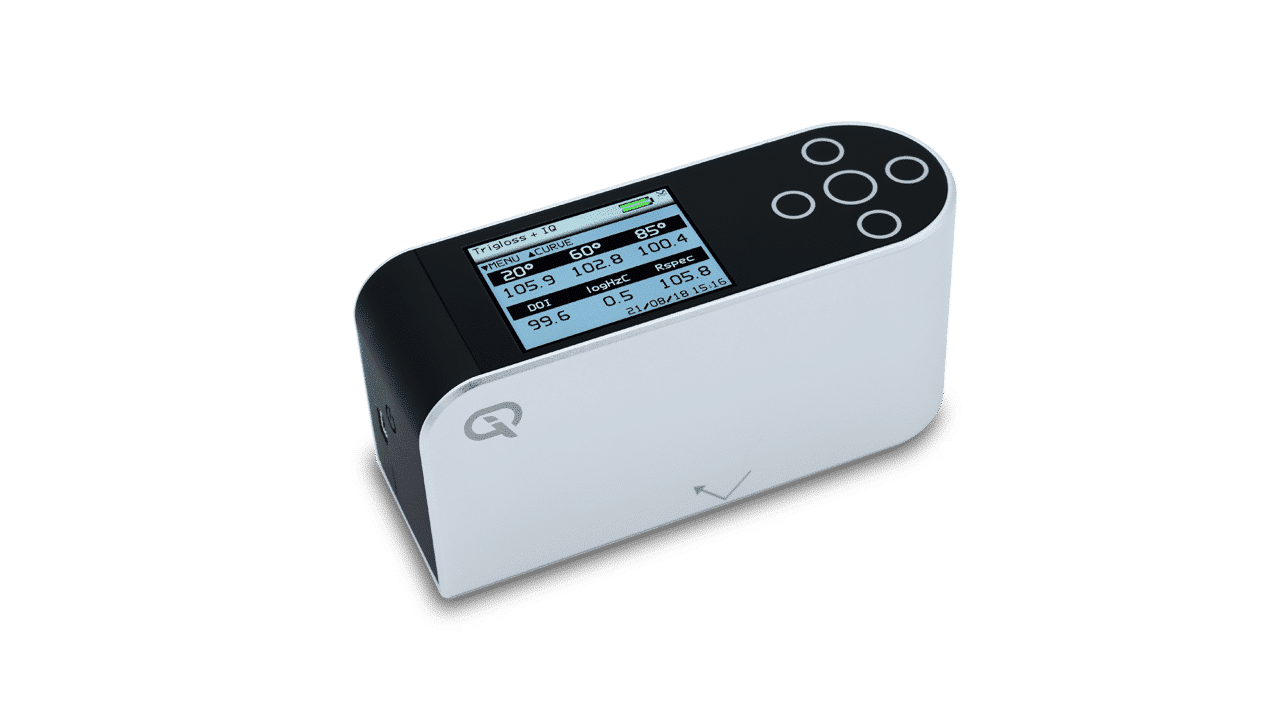
High Gloss (100 GU @ 60º)
Order Code: B6000-050/ISO
Supplied with ISO 17025 certificate

High Gloss (100 GU @ 60º)
Order Code: B6000-050/ISO
Supplied with ISO 17025 certificate
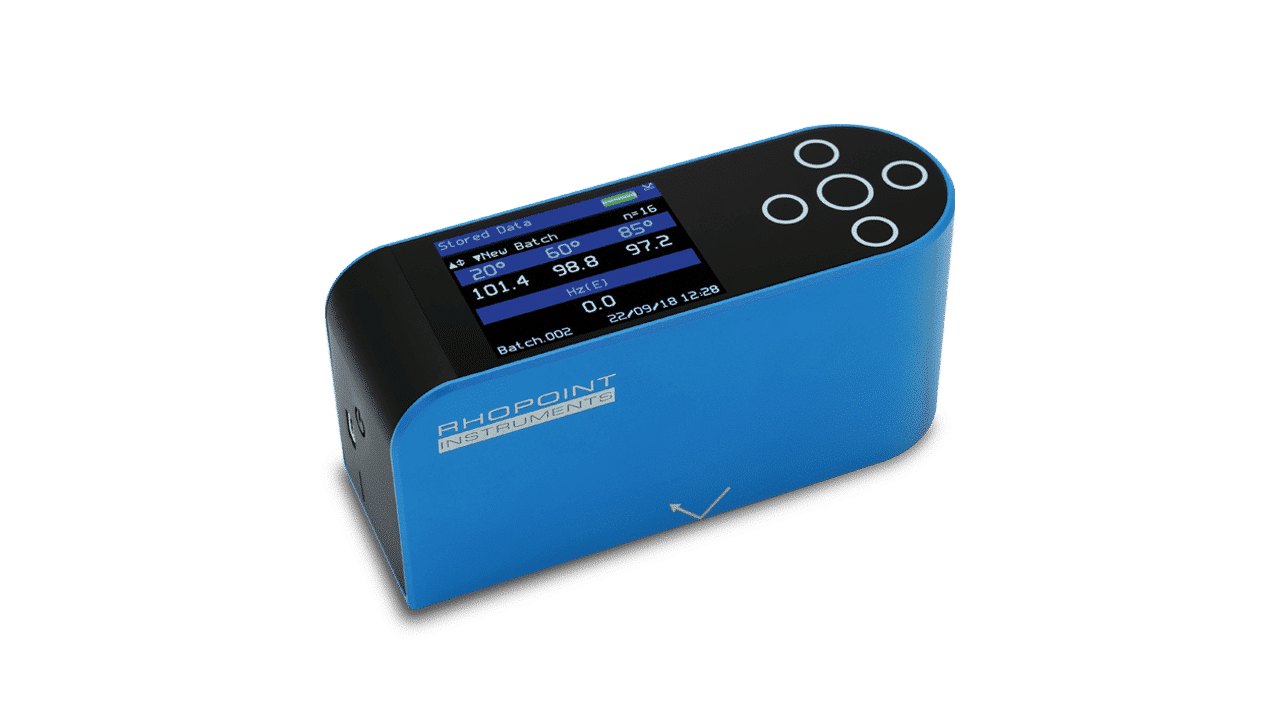
High Gloss (60 GU @ 45º)
Order Code: B4000-205

High Gloss (100 GU @ 60º)
Order Code: B6000-050/ISO
Serial Numbers after 3004292
Supplied with ISO 17025 certificate

High Gloss (100 GU @ 60º)
Order Code: B6000-050/ISO
Serial Numbers after 3003971
Supplied with ISO 17025 certificate

High Gloss (100 GU @ 60º)
Order Code: B6000-050/ISO
Supplied with ISO 17025 certificate

High Gloss (100 GU @ 60º)
Order Code: B6000-050/ISO
Serial Numbers after 3004339
Supplied with ISO 17025 certificate
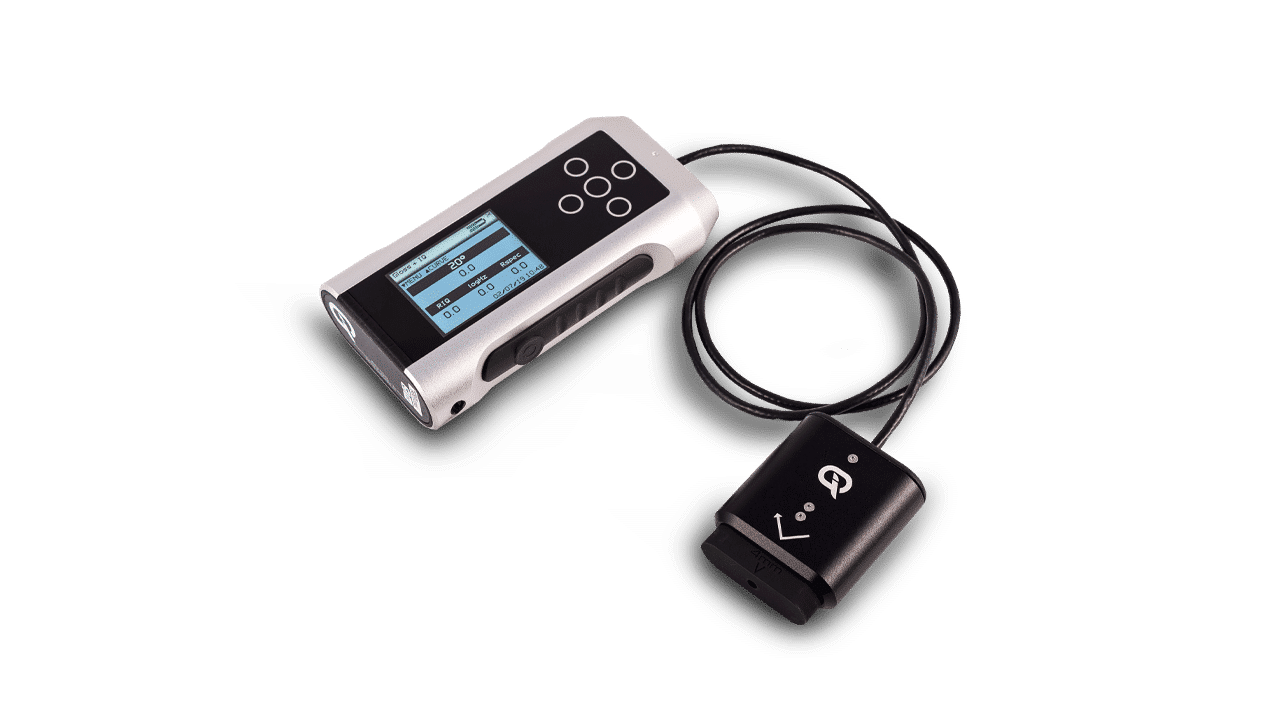
High Gloss
Order Code: B6000-015
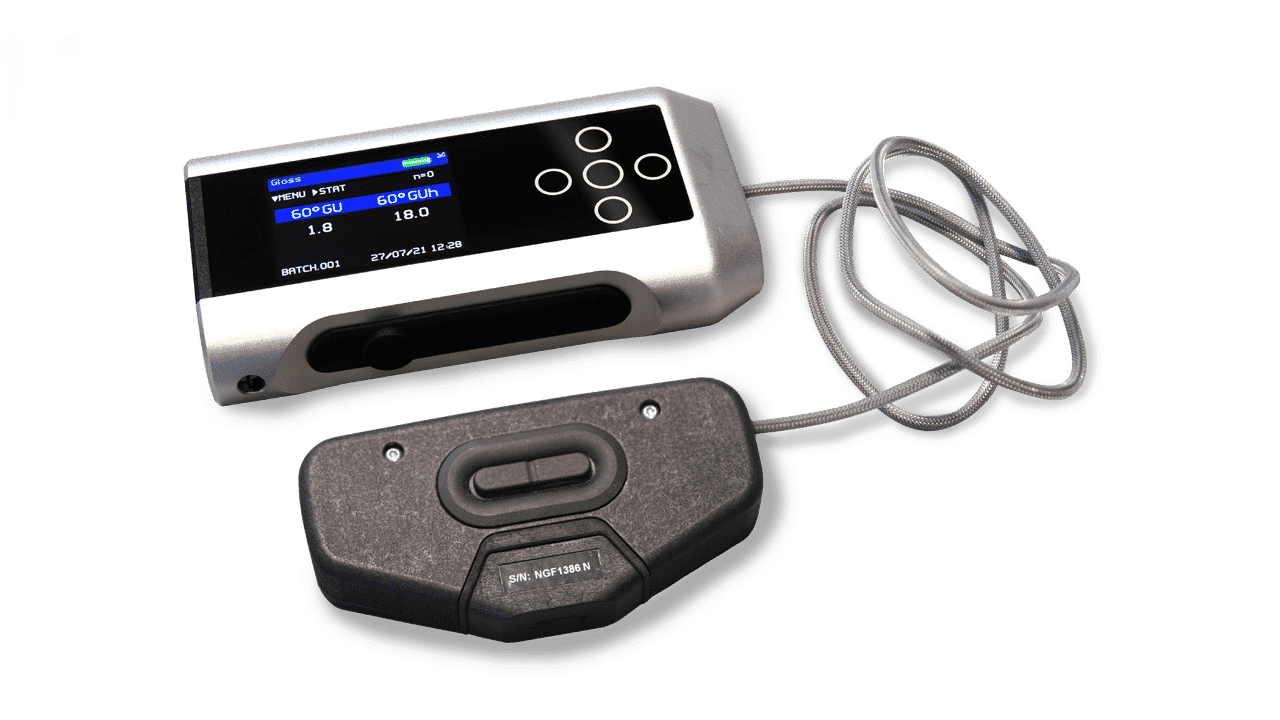
High Gloss (100 GU @ 60º)
Order Code: B4000-028/HG
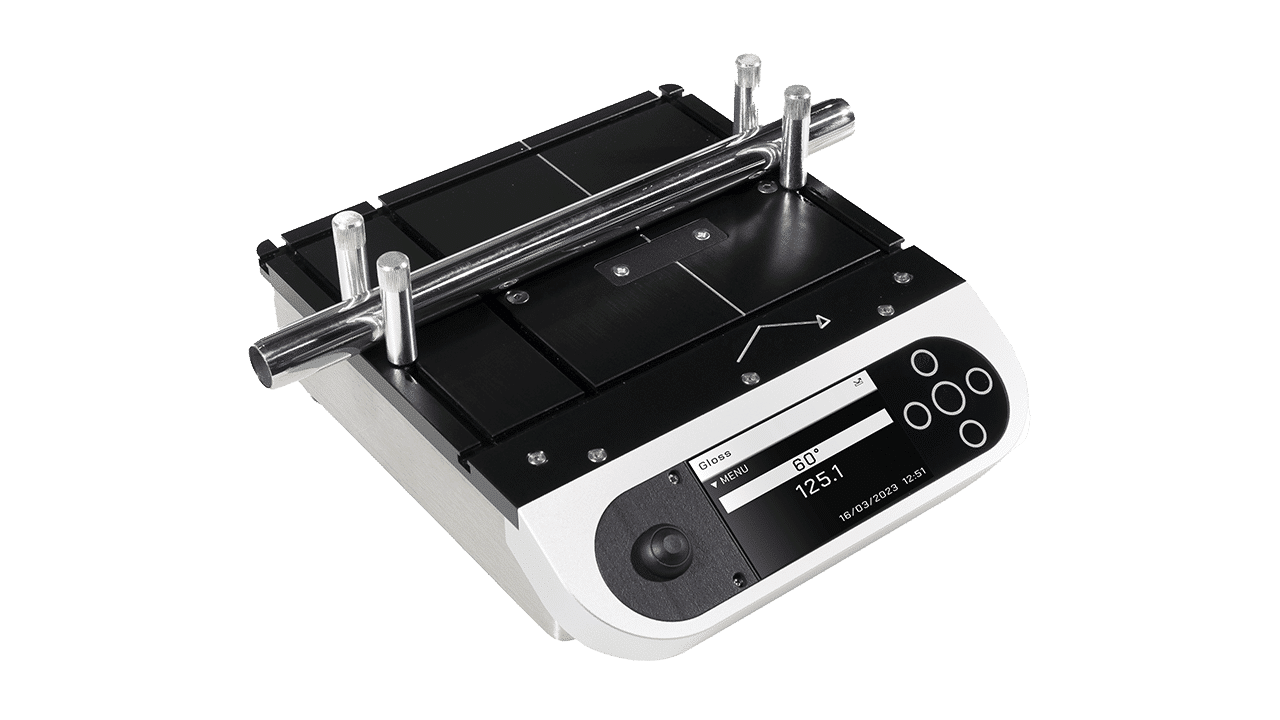
High Gloss (93 GU @ 60º)
Order Code: B1277-630/ISO
Supplied with ISO 17025 certificate
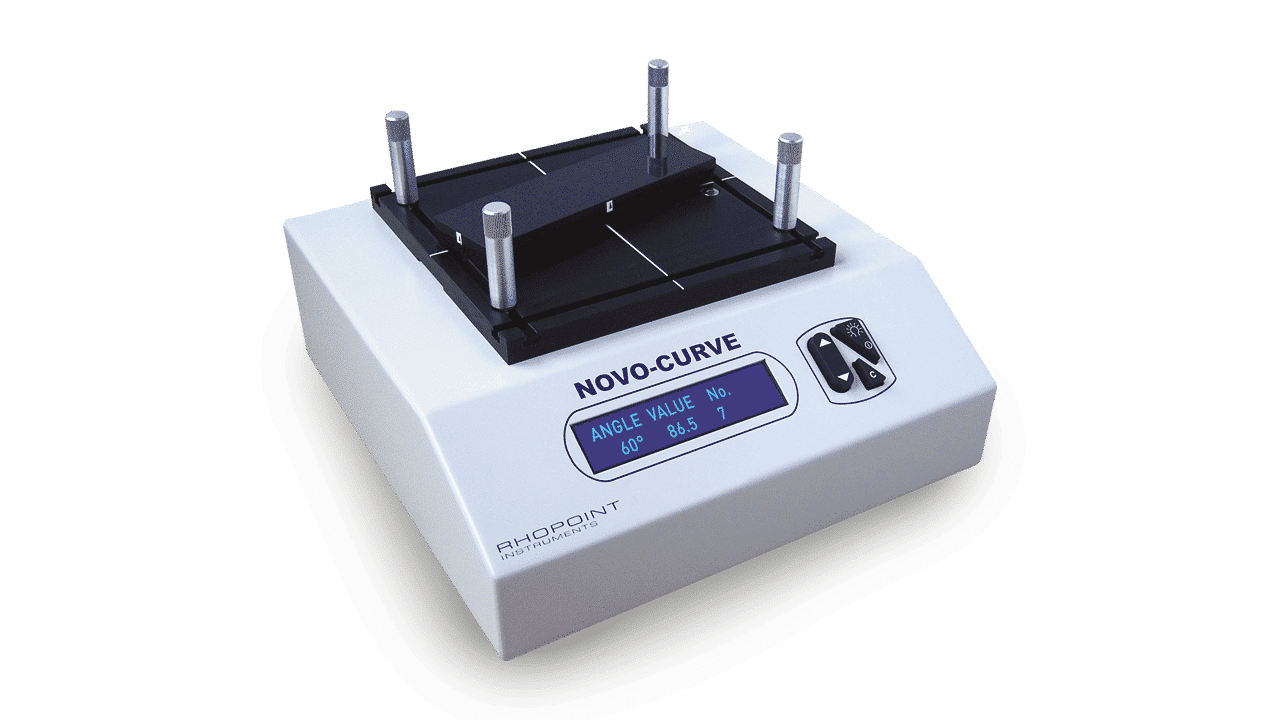
High Gloss (93 GU @ 60º)
Order Code: B1277-530
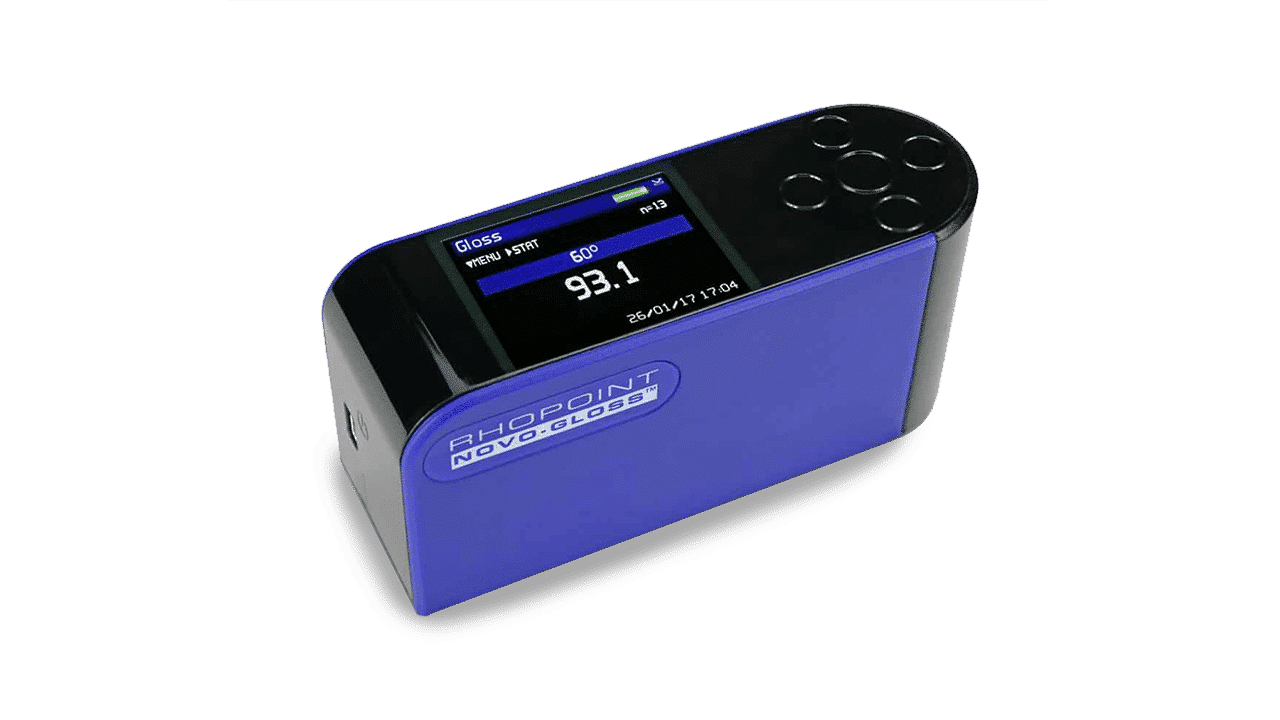
High Gloss (100 GU @ 60º)
Order Code: B4000-200/ISO
Serial Numbers before: 3004292
Supplied with ISO 17025 certificate
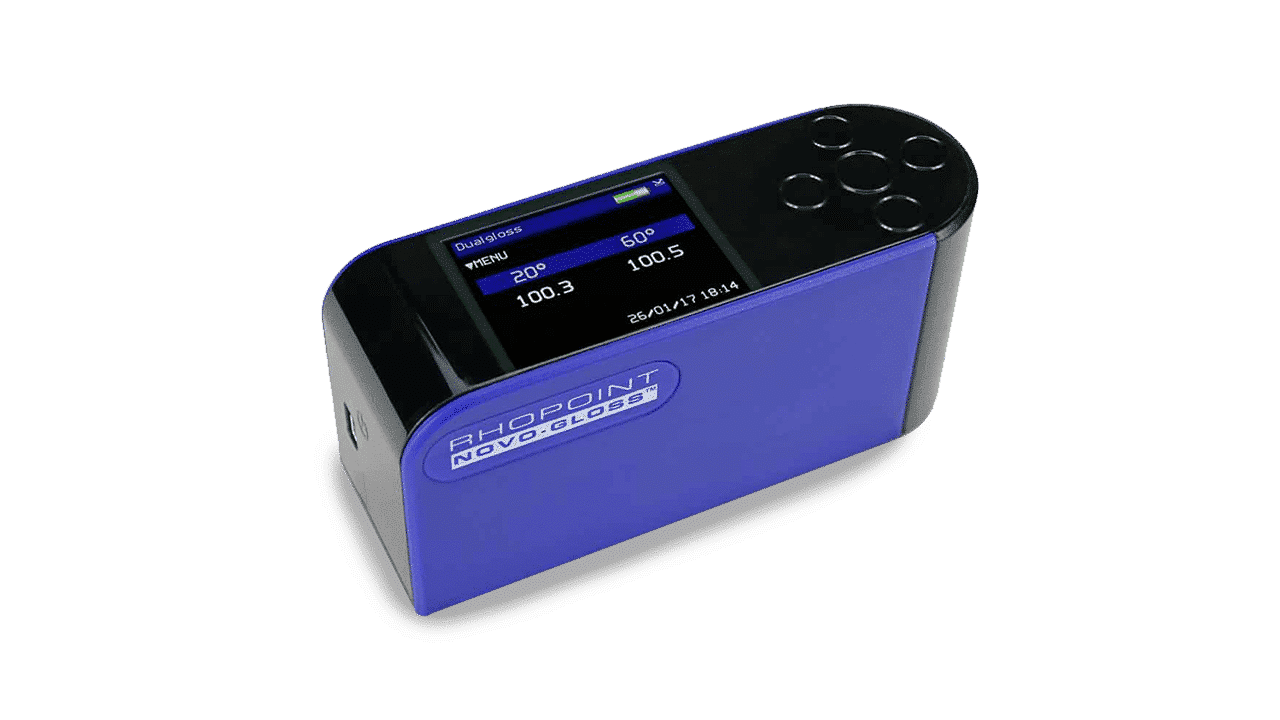
High Gloss (100 GU @ 60º)
Order Code: B4000-200/ISO
Serial Numbers before: 3003971
Supplied with ISO 17025 certificate
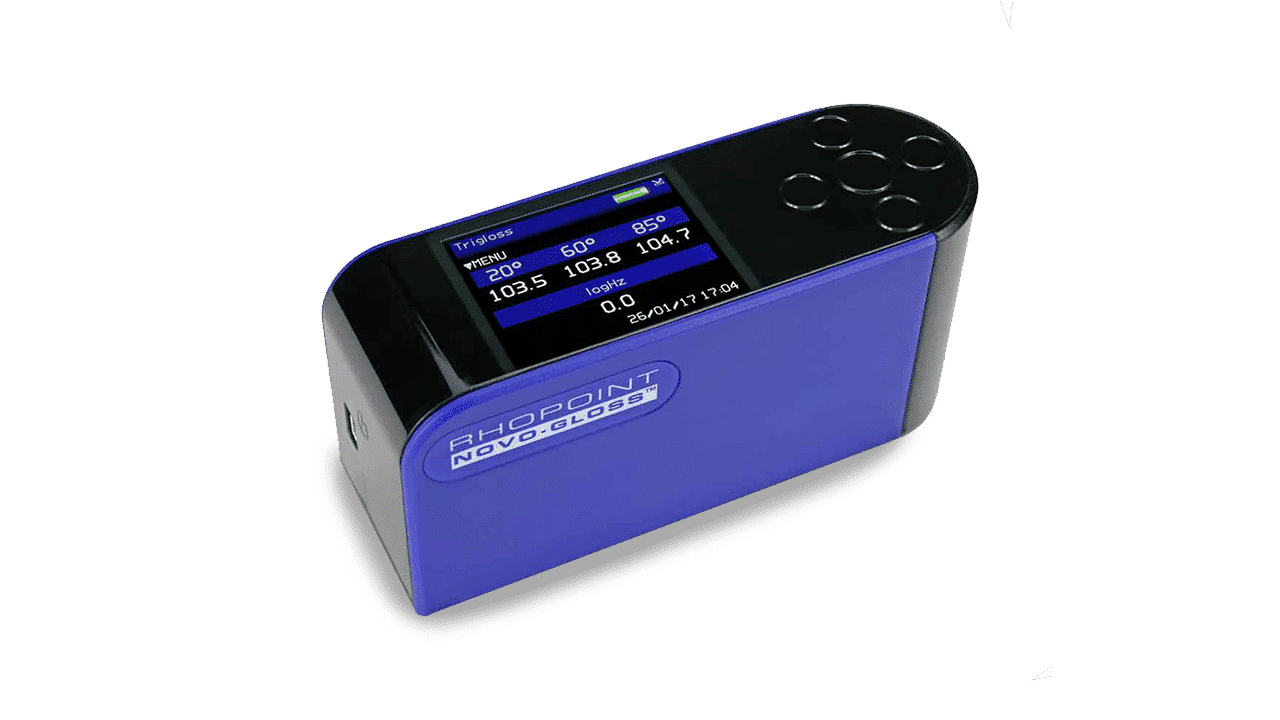
High Gloss (100 GU @ 60º)
Order Code: B4000-200/ISO
Serial Numbers before: 3004339
Supplied with ISO 17025 certificate
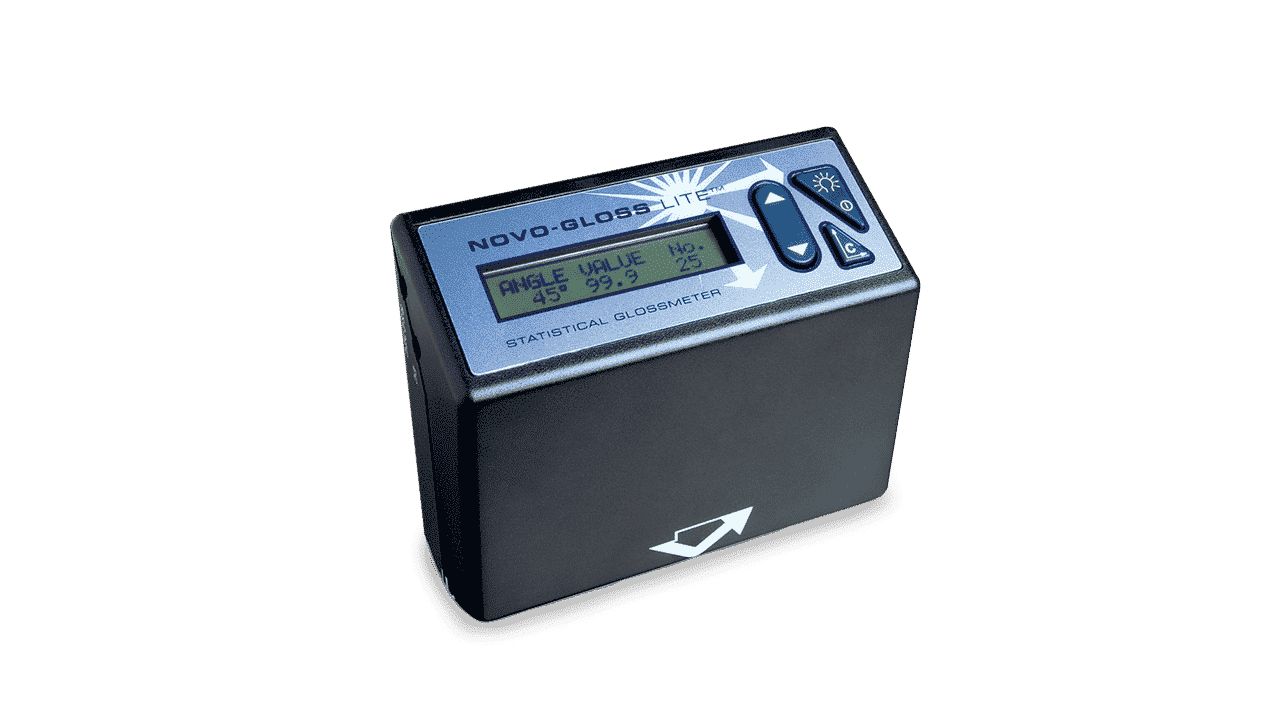
High Gloss (93 GU @ 60º)
Order Code: B5000-060/45

High Gloss (93 GU @ 60º)
Order Code: B5000-060/ISO
Supplied with ISO 17025 certificate

High Gloss (93 GU @ 60º)
Order Code: B5000-060/ISO
Supplied with ISO 17025 certificate
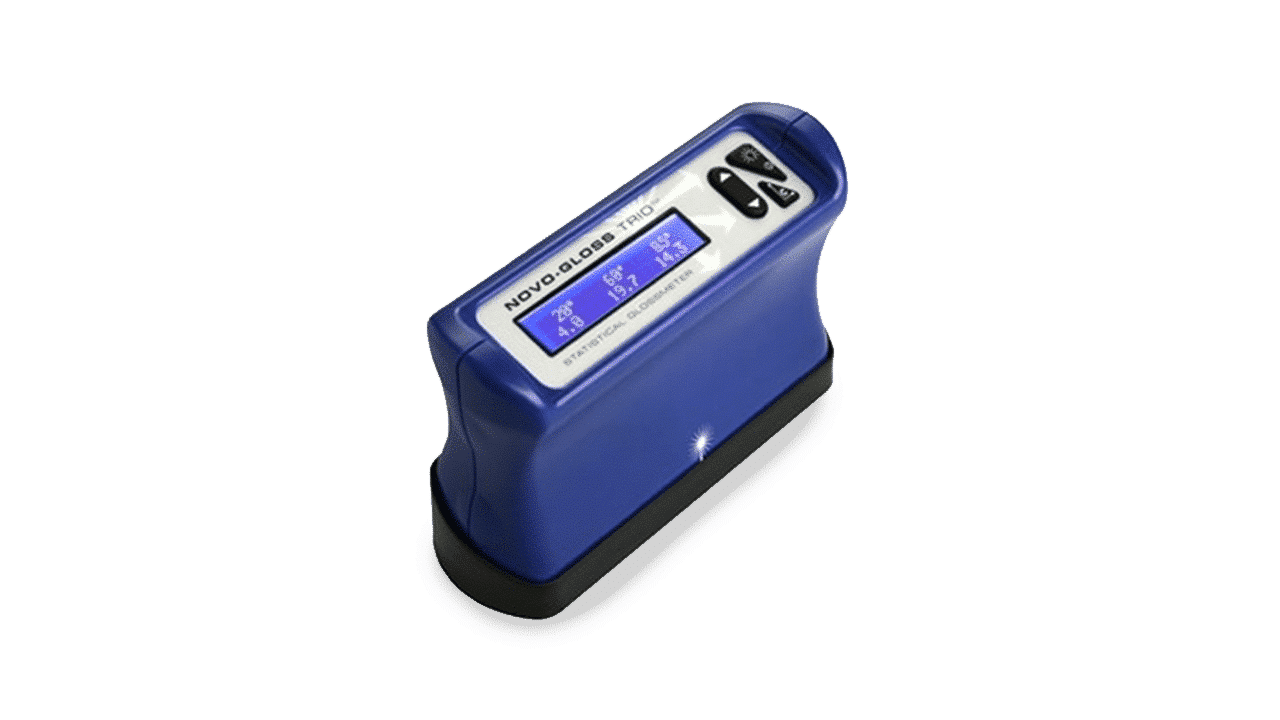
High Gloss (93 GU @ 60º)
Order Code: B5100-003/ISO
Supplied with ISO 17025 certificate
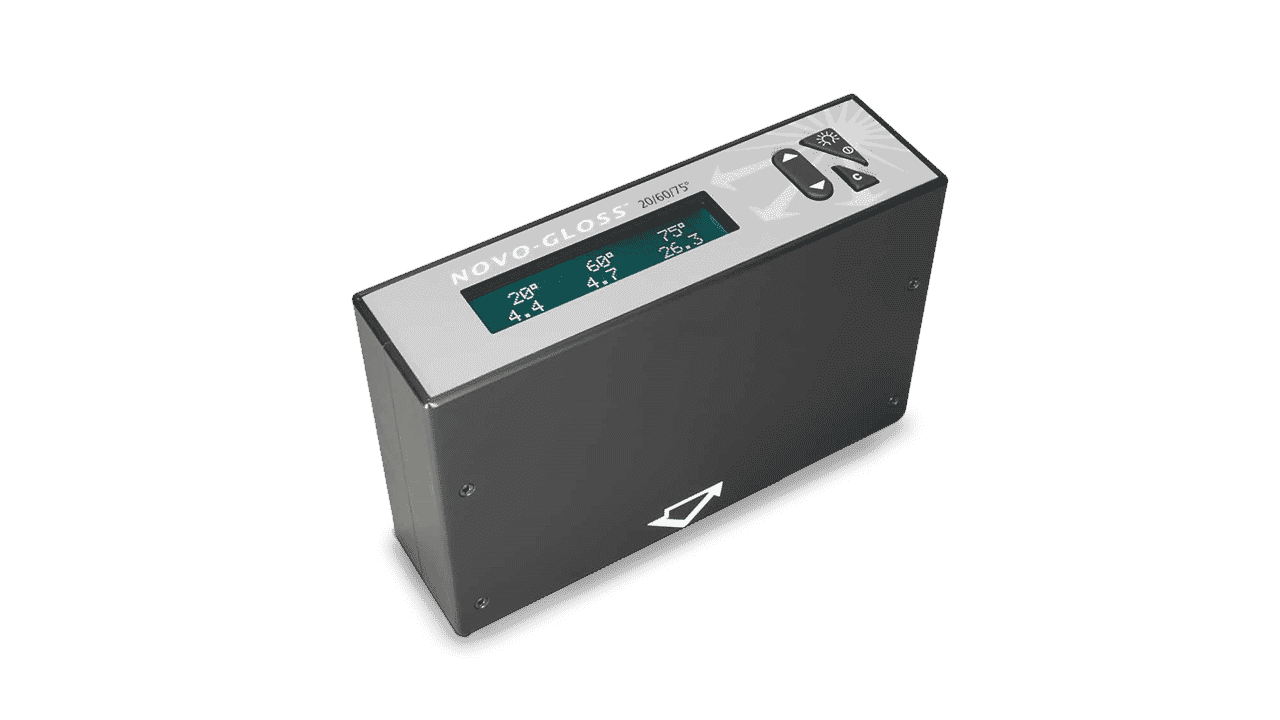
High Gloss ( 93 GU @ 60º)
Order Code: B2000-350/75
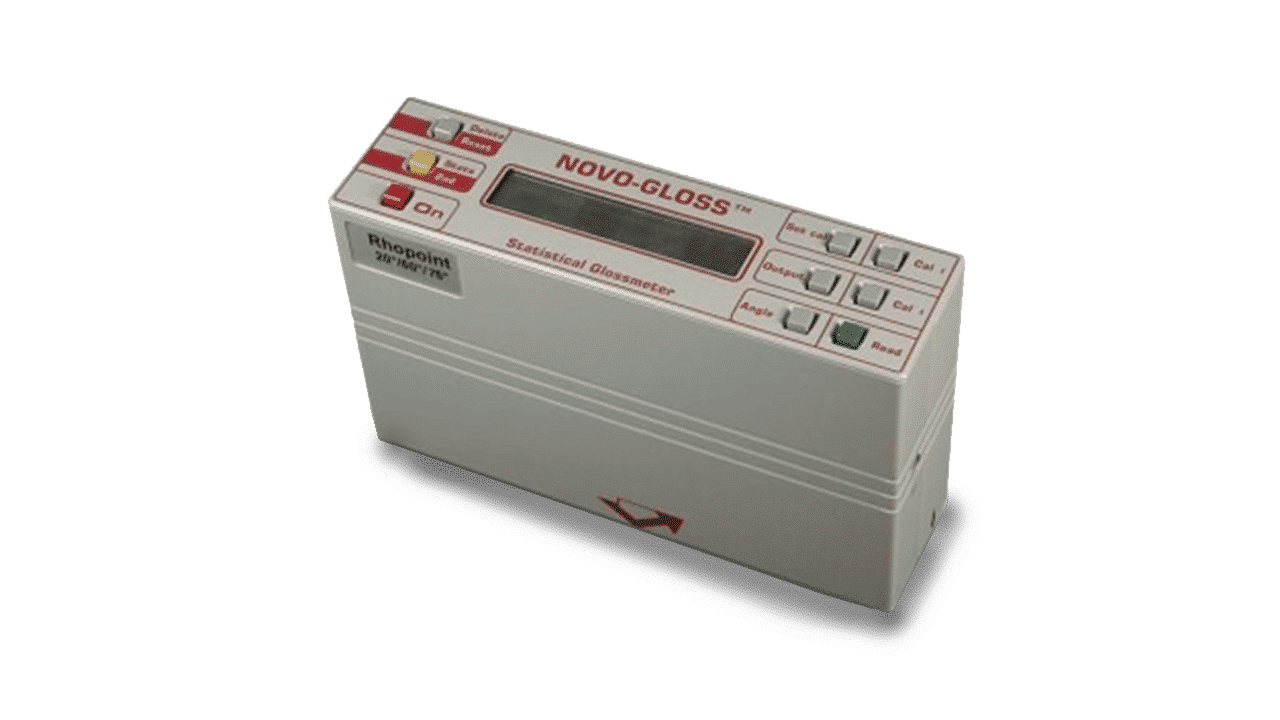
High Gloss ( 93 GU @ 60º)
Order Code: B2000-350/75OLD

High Gloss ( 93 GU @ 60º)
Order Code: B2000-345/ISO
Supplied with ISO 17025 certificate

High Gloss ( 93 GU @ 60º)
Order Code: B2000-345/ISO
Supplied with ISO 17025 certificate

High Gloss ( 93 GU @ 60º)
Order Code: B2000-350/ISO
Supplied with ISO 17025 certificate
Gloss is an aspect of the visual perception of objects that is as important as colour when considering the psychological impact of products on a
Identify the surface that you wish to measure. Is it a flat surface? If so, it can be measured with a traditonal glossmeter. Curved surfaces
RSpec is the peak reflectance measured over a very narrow angular band in the specular direction (+/-) 0.0991º. RSpec is very sensitive to any texture
Please note, this is NOT a quotation, just a confirmation of the price when purchased in the UK exclusive of VAT/duties